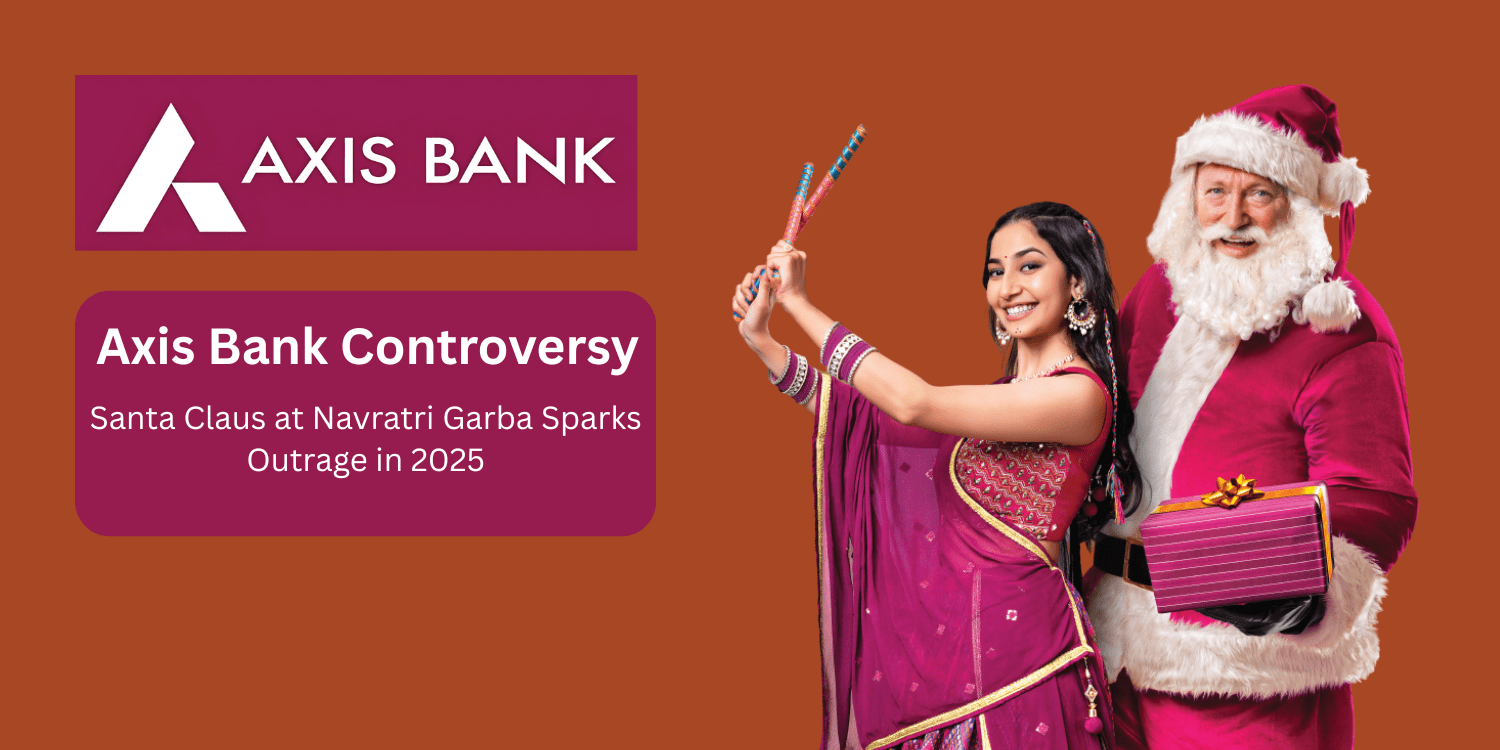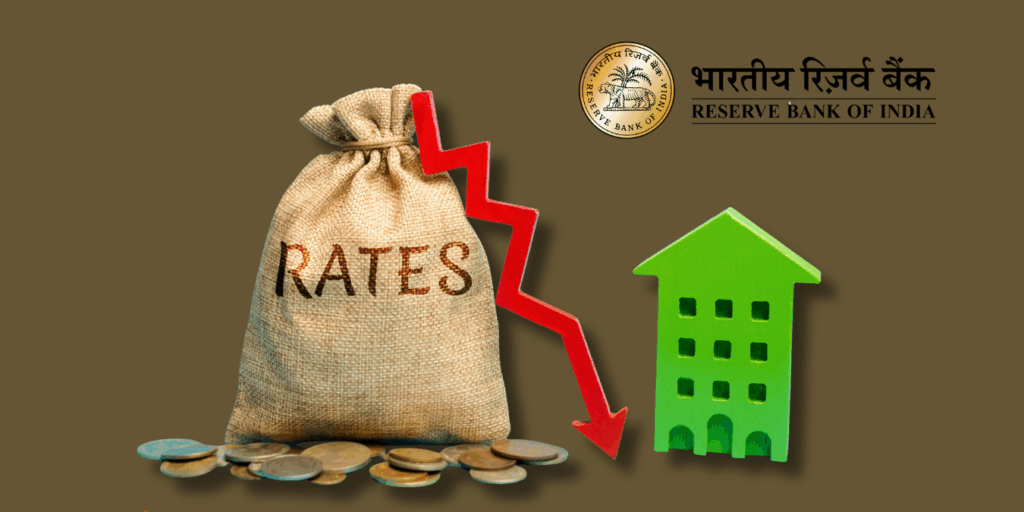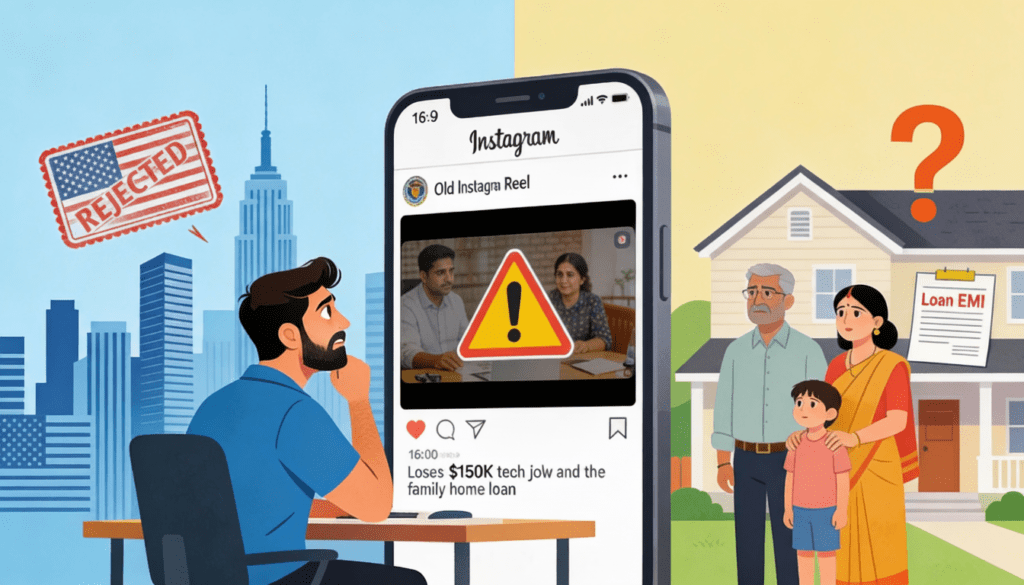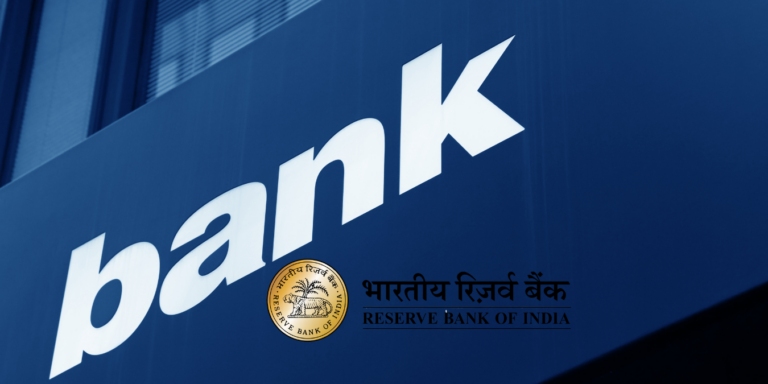
Axis Bank Controversy: 'Christianisation' of Hindu Festivals? Santa Claus at Navratri Garba Sparks Outrage in 2025
Axis Bank’s bold new ad featuring Santa Claus at a Navratri Garba event has ignited a fierce cultural controversy in India. Is this a fresh take on inclusivity or an unsettling ‘Christianisation’ of Hindu festivals? Discover why this festive campaign sparked outrage, the heated debates on social media, and what it means for brands navigating India’s sacred traditions in 2025.
Axis Bank’s latest ad campaign featuring Santa Claus at a Navratri Garba event has stirred significant controversy and outrage across India in 2025. The advertisement, part of their “Dil Se Open Celebrations 2025” campaign, intended to promote festive offers spanning multiple festivals including Navratri, Diwali, and Christmas. However, the inclusion of Santa Claus, a symbol associated with Christmas, in the midst of a traditional Hindu festival Garba dance has led to accusations of the “Christianisation” of Hindu festivals, sparking heated debates on social media and beyond.
The Value and Controversy Behind the Ad Campaign
Axis Bank’s new festive campaign seeks to unify diverse celebrations by featuring an ongoing festive spirit from Navratri through Christmas. While the campaign aims to symbolize India’s cultural diversity and continuous celebration, the surprise appearance of Santa Claus during a Navratri Garba event has triggered accusations of disrespect and cultural insensitivity towards Hindu festivals. This blog delves deeply into this controversy, examining the marketing intent, social reactions, historical context, and broader implications from an Indian cultural perspective.
The Axis Bank ‘Dil Se Open Celebrations 2025’ Campaign Overview
A Pan-India Festive Season Celebration
Launched in September 2025, Axis Bank’s “Dil Se Open Celebrations” campaign marks its fifth edition with a novel idea: instead of focusing on a single festival, it spans the entire festive season from Navratri through Diwali to Christmas and beyond. The campaign offers discounts, cashback, and EMI options across a wide partner network, including major e-commerce platforms, electronics brands, clothing retailers, and travel companies.
Axis Bank promoted this with a festive film featuring a Navratri Garba dance suddenly joined by Santa Claus. The campaign underscores the bank’s customer-first philosophy, presenting Axis Bank not just as a financial service provider but as a trusted partner in celebration with emotional resonance, highlighted by a festive soundtrack composed by Amit Trivedi.
The Santa Claus Controversy: Why It Sparked Outrage
Cultural and Religious Sensitivities
The key point of contention is the sudden and unexpected appearance of Santa Claus—a Christian symbol—amid Hindu festival celebrations. For many Indians, Navratri and Garba are deeply spiritual and cultural traditions tied to Hinduism. The ad’s message that festivals “belong to everyone” by blending symbols has been perceived by critics as diluting or disrespecting the religious sanctity of Hindu festivals.
Many social media users accused Axis Bank of “Christianising” Hindu festivals, demanding the ad be withdrawn and the bank boycotted if it isn’t. Some tweets questioned why such blending is seen only during Hindu celebrations, not during Islamic or Christian festivals, raising concerns about selective secularism in advertising.
The Pattern of ‘Secularism’ in Ads
This is not the first time brands have faced backlash for similar attempts. Critics note a pattern where Hindu traditions in advertising are “universalized” or diluted under the banner of secularism, while non-Hindu festivals often remain unaltered in ads. Comparable controversies, such as the 2020 Tanishq ad accused of “promoting love jihad,” underscore how interfaith themes during Hindu festivals often meet resistance.
The pattern suggests a marketing strategy that uses Hindu festivals as platforms to preach “secularism” or inclusivity selectively, triggering strong emotional and political reactions.
How Axis Bank Presented Its Intent
Axis Bank’s marketing leadership explained that the campaign’s essence is to reflect India’s diverse and continuous festive spirit. The campaign aims to transform the traditional fragmented festive experience into one seamless season-long celebration catering to the emotional and cultural values of Indian families.
The Santa Claus inclusion was described as a “playful disruptor” symbolizing the continuity of celebrations from Navratri to Christmas. Axis Bank underscored that this is a celebratory narrative, not an attempt to overshadow any religion, and it included a wide range of festival-related offers to benefit customers throughout the months.
Common Mistakes in Festival Advertising: Lessons from the Controversy
Misreading Cultural Context
A major error in this campaign, as perceived by critics, was the underestimation of the cultural significance of religious festivals. Using a Christian symbol in a sacred Hindu context without adequate cultural sensitivity invoked feelings of disrespect.
Ignoring Audience Sentiment
The backlash illustrated how vital it is for brands to understand consumer sentiment and the sacred value attached to religious festivals in India, a diverse nation with passionate communities.
Labeling Secularism Selectively
The controversy reveals pitfalls in selectively preaching secularism only during Hindu festivals, lacking a balanced representation of all faiths, which tends to alienate rather than unify.
Pro Tips for Brands Marketing Indian Festivals
- Respect Cultural Sensitivities: Understand the unique significance of each festival’s symbols within their communities.
- Engage with Communities: Include feedback and perspectives from cultural or religious experts to avoid unintentional offense.
- Balance Inclusivity: Showcase true secularism by respecting festivities across religions equally rather than selectively.
- Narrative Clarity: Ensure the message is clear and won’t be perceived as diluting or mocking sacred traditions.
- Test Campaigns: Pre-launch trials on diverse focus groups can gauge possible sensitivities and refine messaging.
Featured Snippet Takeaways
- Axis Bank launched a controversial ad featuring Santa Claus during Navratri Garba.
- The ad aims to promote continuous festive offers from Navratri to Christmas.
- Inclusion of Santa Claus in a Hindu festival setting sparked outrage for alleged “Christianisation.”
- Critics see a pattern of selective secularism in festival advertising.
- Axis Bank emphasizes cultural diversity and a season-long festive spirit.
- The controversy highlights the need for cultural sensitivity in marketing.
Final Thought: Navigating Cultural Diversity in Indian Festival Marketing
India’s vibrant festive season reflects an intricate tapestry of religious and cultural identities that brands cannot address superficially. A campaign like Axis Bank’s “Dil Se Open Celebrations 2025” illustrates both the opportunity and risks in marketing that blends festivities.
To truly resonate and avoid controversy, brands must adopt respectful, inclusive, and well-researched strategies that acknowledge the sacredness of each tradition. While the intent to unify celebrations is commendable, overlooking the emotional and religious significance of festivals can backfire and damage brand goodwill.
Call to Action for Readers
Consumers can engage with brands by voicing their cultural expectations and supporting campaigns that genuinely respect India’s diversity. Meanwhile, corporates and advertisers should prioritize cultural intelligence and community collaboration in festival campaigns to foster unity without alienation.
Axis Bank’s controversy serves as a valuable case study for how sensitive festival marketing must be approached in the years ahead.
Disclaimer: The use of any third-party business logos in this content is for informational purposes only and does not imply endorsement or affiliation. All logos are the property of their respective owners, and their use complies with fair use guidelines. For official information, refer to the respective company’s website.
































